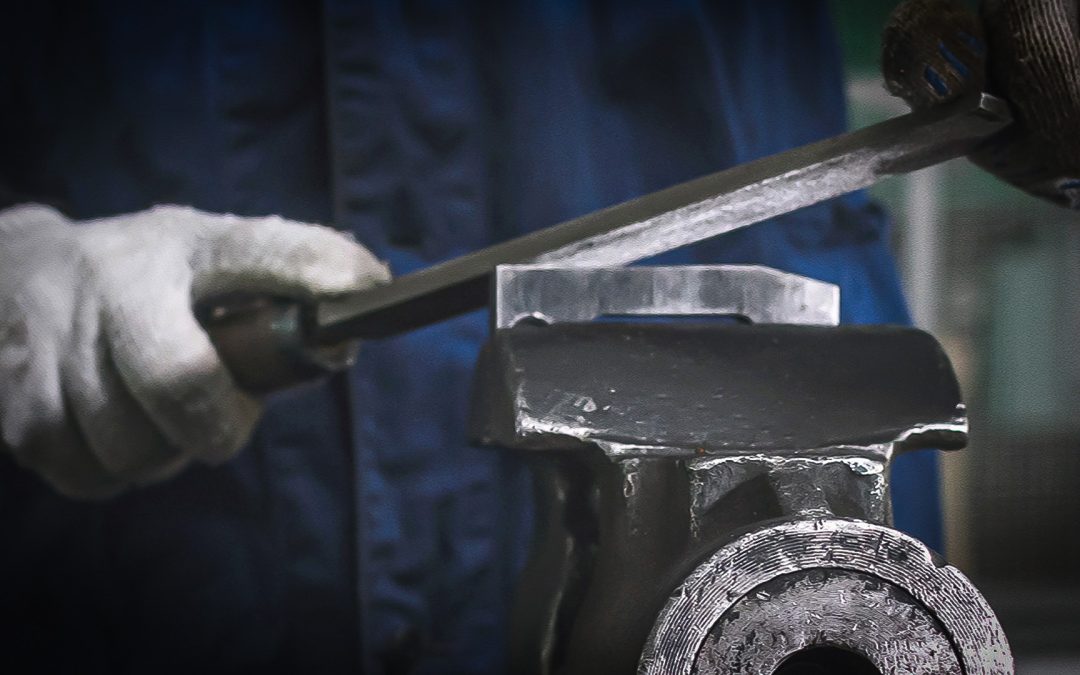Any technician will have a few files in the toolbox for material removal jobs. But are you using these tools with the correct technique?

You’re all signed up. Keep an eye on your inbox for a welcome email. If you’re new to Shop Press, you can also check out some of our latest articles below.
Think you know your dash lights? Shop Press contributors Keith, Miriam, Chris, and Greaser try their best to identify all kinds of lights, symbols, and indicators.
Supplement your shop’s oxyacetylene torch with alternatives.
These handy tools can are useful for all kinds of alignment tasks involving covers, pans, and gaskets.
If you’re a budding technician, a few of these pointers might help ya during front end work.
We assembled a list of common and confusing advice, then asked the gang to weigh in on some very questionable practices.
Set yourself up for success with high intensity discharge lighting systems.
There are a lot of ways to approach the business of servicing the car in front of you. Which one is king?
If your customers can’t easily find your location, hours, or contact information, you’ll clearly struggle to earn their business. Here is a tip to help.
Think you know your dash lights? Shop Press contributors Keith, Miriam, Chris, and Greaser try their best to identify all kinds of lights, symbols, and indicators.
Spark plugs have a tough enough job to do—don’t make it any harder by servicing them improperly!
A scathing new analysis from the Mozilla Foundation says every single car brand failed its standards for security and respecting user privacy.
Repairing future failure points before they fail is a lucrative way to save your customers money, just like maintenance does.
Accessory belt drive evolution can provide some clues for the most efficient way to get a customer back on the road.
Although I love the look of chrome on cars, there are very good reasons why it’s not used much anymore.
Copycat Loctite is more common than you’d think. Learn how to check for counterfeit products.
The “best” parts for the job are highly dependent on the environment in which they operate.
Think you know your dash lights? Shop Press contributors Keith, Miriam, Chris, and Greaser try their best to identify all kinds of lights, symbols, and indicators.
Their emergency shouldn’t be yours unless they pay a premium to fix it.
At what point does an icon completely fail to provide critical information to a motorist?
The cabin air filter is arguably the most overlooked filter on the car.